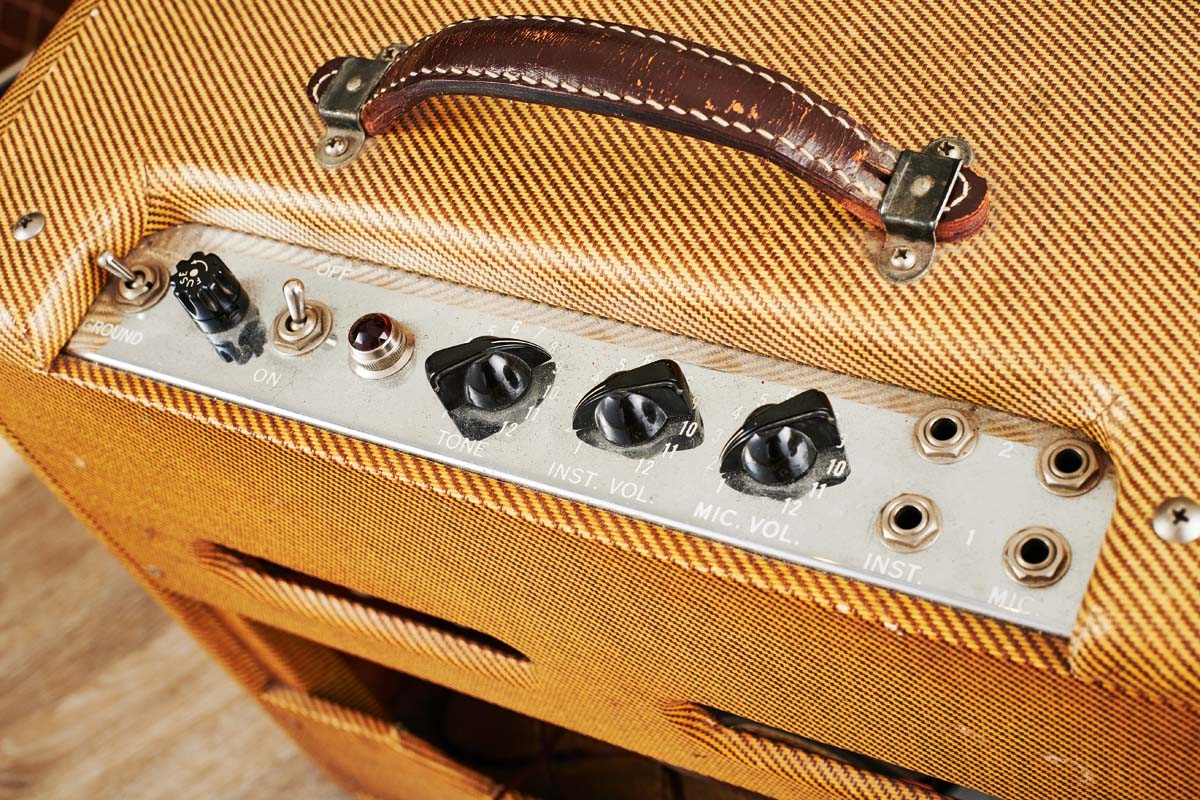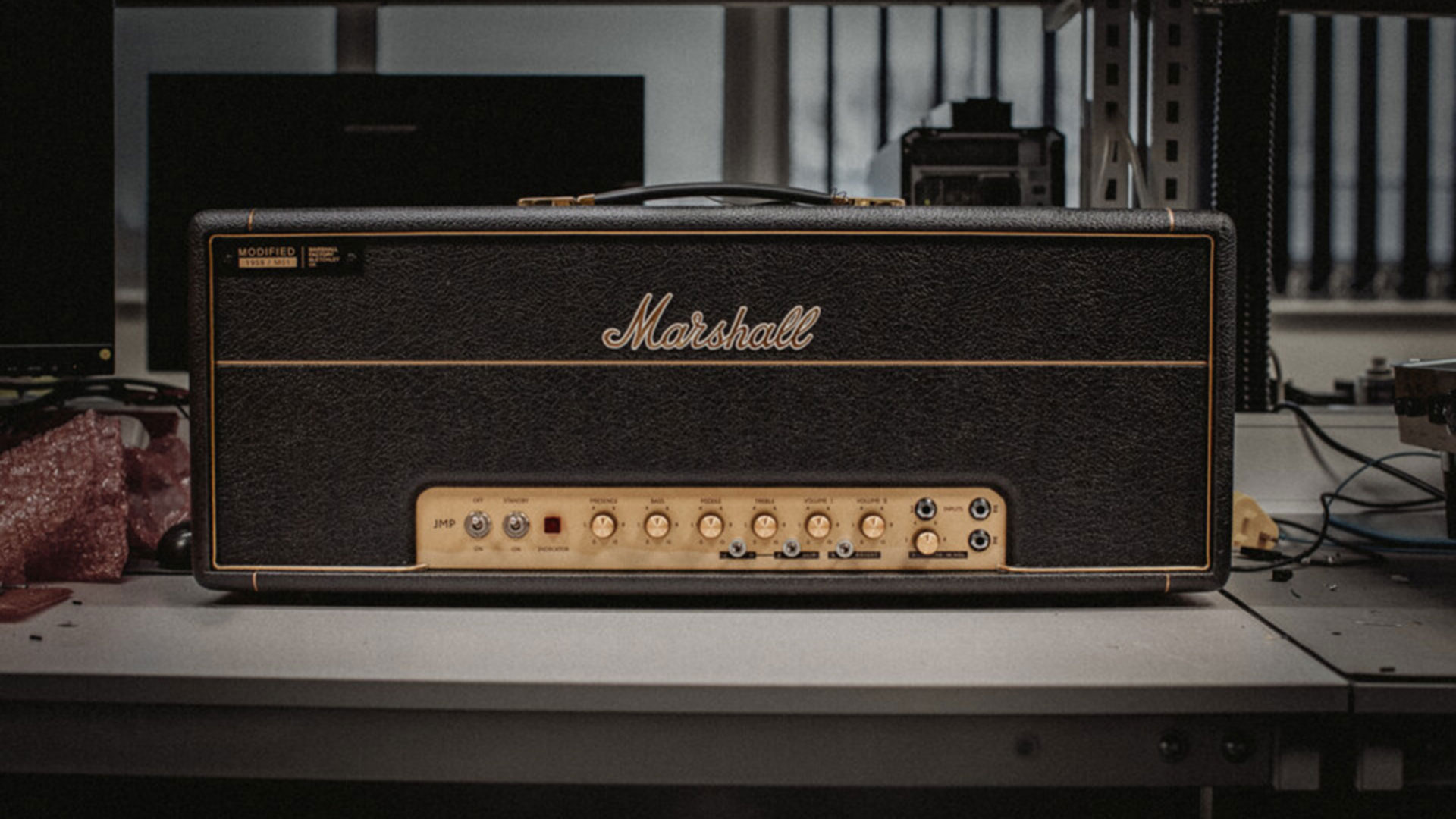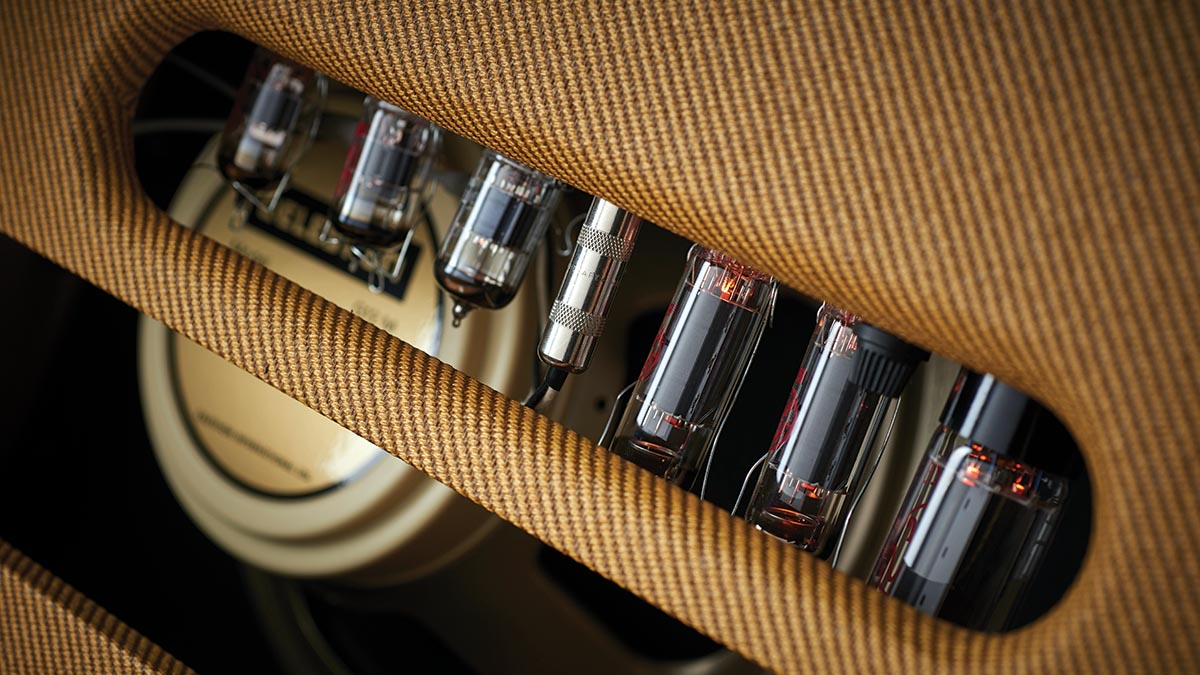As regular readers of this column will know, sometimes we focus on very specific topics and sometimes we meander a bit more freely across the topic of guitar tone. Recently, I picked up the phone to one of the most knowledgeable tonesmiths on the British scene, Dan Coggins.
Dan was the designer behind the highly influential Lovetone effects pedals from the 1990s, and today he’s a frequent collaborator with ThorpyFX and designer of the Gear Of The Year-winning Dinosaural Cogmeister overdrive pedal.
What fewer people may know, however, is that he’s also a valve-amp maven with years of meticulous repair and restoration experience under his belt. So while we were chatting, I took the opportunity to draw on his know-how regarding the myths and realities of how to get the most from your tube amp.
We typically see power valves sold in matched pairs – is that crucially important?
“Yes and no. I mean, it’s not as crucial as you think. It’s only important if failing to do so results in background noise coming up because if (the two power valves) are not equal and opposite in a push-pull arrangement, then they won’t reject the power-supply noise or hum. But most amps were designed to – or should be designed to – tolerate a bit of mismatch.”

“I mean, years ago, I bet you Hendrix’s output valves weren’t all matched in his amps. He probably just replaced them every five minutes because he was caning them so much. But I heard or read somewhere that his favorite Marshall – that he used in many of the studio recordings – was one that still had the original factory KT66s in it, so it was one from, like, early ’67 and he used it on a lot of gigs as well. So they obviously weren’t changing stuff that often.”
Are there any aspects of valve amp tone that are under-appreciated, do you think?
“Well, I’ll tell you something about valves generally, I don’t know if you’ve noticed this – I’ve spoken to quite a few people who picked up on it – but when you switch something on that’s made with valves, it sounds fine to start with, but after about 20 or 25 minutes you suddenly notice it sounding better.
“What’s happening is called equilibration, where all the disparate (electrical/electronic) forces within the amp reach a point of being settled and so the whole thing settles down and reaches its own level, if you like. I’ve noticed this a lot of times on all manner of valve gear. And I don’t know if it’s auto-suggestion or just me fooling myself, but I think it generally does apply.
“If you want your amp to warm up to settle like that before you use it, switch it full on – not just on standby. Just turn the volume down and run it without the signal, so it’s fully operational.”

Different techs we’ve spoken to recommend different methods for powering up amps and powering them down to best preserve the amp’s serviceability – what do you do?
“What I always used to do with my amps, my old amps, was to turn the mains off but leave the standby switch on because I knew then that all the capacitors would be draining through the circuitry. And then I’d turn the standby off as well, so that when it’s time to turn the amp on again, it goes mains, then standby. But that’s a habit I’ve got into.”

As a pedal designer, what are your favourite tips for using overdrive or boost pedals to bring out the best in a valve amp’s own inherent sound?
“When you turn the pedal on, you want to be able to at least double the signal level available in bypass, so that it can push the first gain stage of the amp towards clipping – but not so it’s not clipping completely, just to prime it up so when you turn the volume up after, it will symmetrically clip into the next stage.
“And, in fact, this was something I used to do for many years with my Vox AC30 – my favourite thing was to use just the guitar, a distortion pedal of some kind, but more importantly a Watkins MK IV Copicat, a solid-state mid-’70s one.
“I’d just use that (Copicat) to drive the Normal channel of the AC30 and up the level into the first valve of the AC30, not so it was distorting but just so it was starting to blow a bit audibly. I rarely used the Top Boost channel – although sometimes I’d switch between Normal and Top Boost to get a rhythm sound and a lead sound.”

“The Copicat seemed to do something because it’d chop off a bit of the bottom-end, it would round off the treble, but also give a bit of an upper midrange boost into that Normal channel. It was just a magical sound. And I know I’m not the only person who’s used them for that. People use the Echoplex similarly.
“I used to make a version of the Copicat (preamp circuitry) to use as a booster; the (effect of the circuit was to add a) bit of gain and buffering and a bit of messing with the bandwidth, and then provide enough level to push the amp a bit. The Colorsound Power Boost used to be good for that years ago as well, of course.
“David Gilmour used the Power Boost primarily to overcome all the (signal) losses. I know this because I had a conversation with (Gilmour’s tech) Phil Taylor recently. He said Gilmour used it to compensate for the losses (to capacitance effects) in the curly cable and then drive the Binson Ecorec with a bit more top-end, so that its repeats would be a bit more distinct. So using it was really just to compensate for cable loss.”
GIPHY App Key not set. Please check settings